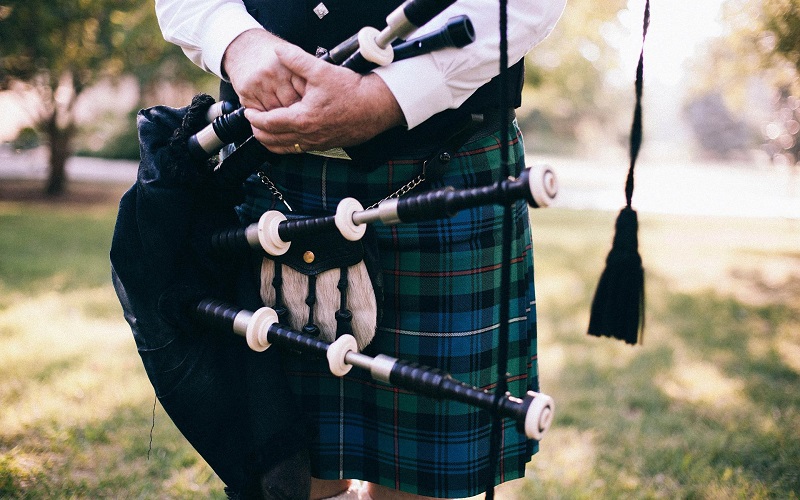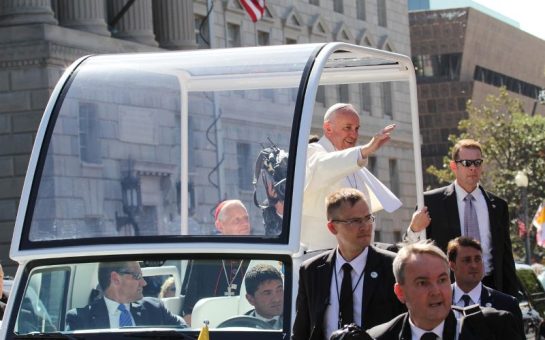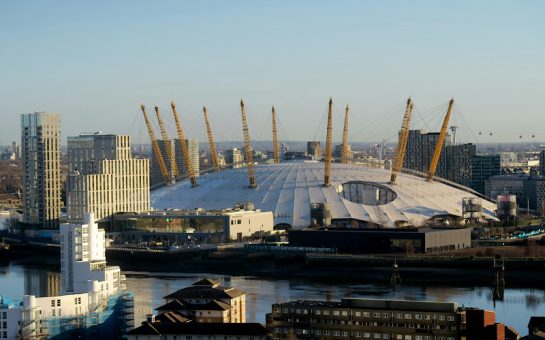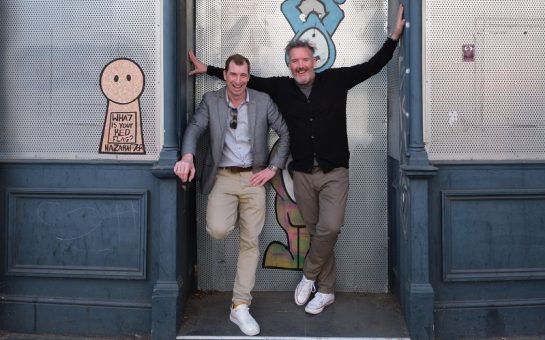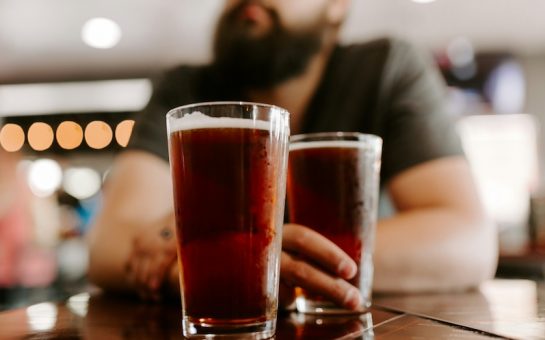“The position is well known within the piping world, it is seen as one, if not the most prestigious piping job in the world,” said Scott Methven.
Methven was the “Queen’s Piper” between 2015 and 2019.
His main mission? Playing the bagpipe every weekday morning for approximately 15 minutes under Queen Elizabeth’s windows.
While based in Buckingham Palace, the Queen’s Piper also travels with the Queen to Windsor, Holyroodhouse, and Balmoral.
As well as playing in the morning, he has other duties such as playing on different occasions, attending visitors or escorting the Queen.
From Gargunnock to Buckingham
From Gargunnock in Scotland, Methven started playing the bagpipe at school when he was 10 years old.
He became Pipe Major at the Argyll and Sutherland Highlanders, in the army, before being based at the Army School of Bagpipe Music and Highland Drumming in Edinburgh, where he trained pipers and drummers.
He was then chosen to become the next Queen’s Piper.
Methven said: “I did have lunch with the Queen, then Her Majesty visited our base in Canterbury, Kent, in 2013, and I was told after that was an unofficial job interview.”
Throughout his career as Queen’s Piper, Methven also met with many famous people such as Jimmy Choo and David Attenborough.
He said: “When President Obama came to Windsor on his final farewell tour, that was special.”
And of course, he spent a lot of time with the Queen herself: “She is a very funny person with a quick wit and very much knew her trade: how to converse and work a room was something to watch.
“I spent more time with the Queen than my wife every week.”
By being the 15th “Piper to the Sovereign”, Methven actually inherited a long tradition that started in 1843, when Queen Victoria created the position.
How it all started
Blaise Douglas, senior lecturer in English at the University of Rouen Normandy (France), explained that having a personal piper was a tradition of the Highlands chieftains, that Victoria hence imitated.
Douglas, who plays the bagpipe himself, highlighted that Victoria was already in love with Scotland even before going there, particularly because of the work of Sir Walter Scott, an author who had helped to restore the image the Highlands in Great Britain after the Jacobite rising, and that she was eager to discover this part of her kingdom.
Thus, even though both Victoria’s father and uncle had their own piper, the office of Piper to the Sovereign was created after Victoria and Albert’s first visit to Scotland.
In 1842, they were received by the Marquess of Breadalbane at Taymouth Castle, in the Highlands, with a ceremonial that included a lot of bagpipes, as related by Douglas.
Victoria wrote to her mother: “We have heard nothing but bagpipes since we have been in the beautiful Highlands, and I am become so fond of it, that I mean to have a piper, who can, if you like, pipe every night at Frogmore.”
Thus, in 1843, Angus MacKay became the first Piper to the Sovereign.
As reported by Neville T. McKay in his article A History of the Office of Piper to the Sovereign, there is no documentation describing precisely Angus MacKay’s role when he was hired as Piper to the Sovereign, however, Victoria’s journals and a lithograph seem to indicate he was playing regularly after breakfast, and on different occasions.
Douglas noted that many English people even followed Victoria’s lead.
He said: “The fact that the Queen took interest in this tradition has institutionalized it at the national level and made it win its spurs in the eyes of the English people.
“By taking example from this tradition specific to Gaelic Scotland, Queen Victoria created a position within her retinue and set an example herself that many English nobles have imitated.”
And the office of Piper to the Sovereign did not stop at Victoria’s death.
According to Neville T. McKay, Edouard VII already had hired a piper before he became King and kept Victoria’s last piper at his post, James Campbell, when he took the throne.
In fact, since 1843, there has always been a Sovereign’s Piper except for a short break (1941-1945) during the Second World War.
The current piper is Paul Burns.
Douglas said: “Since Victoria, it would seem that the royal family has always enjoyed the bagpipes.”
Featured image: PublicDomainArchive / 209 images via Pixabay
